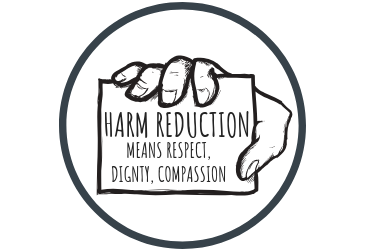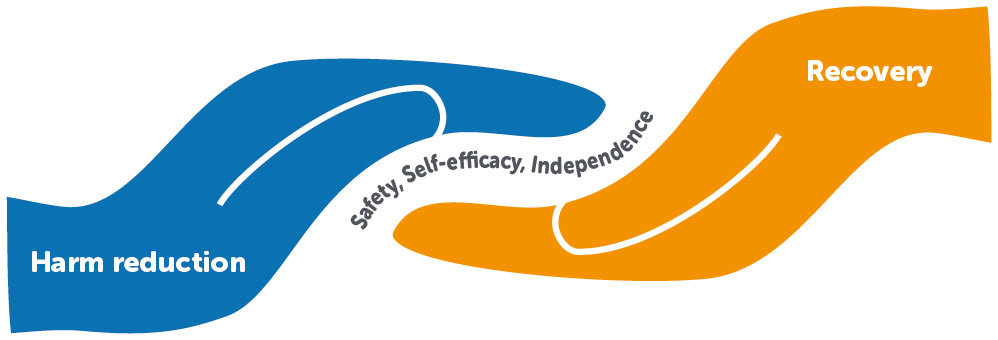I feel as though I’ve researched drugs for a long time. I researched how they work, what they do, the policies aimed at them, and more. It’s a topic I really enjoy learning about, and it’s one that I can’t possibly research once and be done with. That being said, I’ll occasionally watch some videos on the topic. Maybe a little over a year ago I watched a video on Vancouver’s HIV/AIDS problem due to their high injection drug use. At one point, Vancouver had some of the fastest-growing AIDS statistics; they had a problem, and they needed to solve it. In response, some organizations around Vancouver began establishing clean needle distribution centers like. At these sites, addicts are able to bring in their drugs and inject them using a clean needle on the basis that they are not allowed to share the needle with anyone else. Ultimately, this practice helped decrease HIV/AIDS numbers (and other diseases that are spread by blood), overdoses, and deaths. The sites also offered AIDS tests, references for treatment, and care for abscesses.
can’t possibly research once and be done with. That being said, I’ll occasionally watch some videos on the topic. Maybe a little over a year ago I watched a video on Vancouver’s HIV/AIDS problem due to their high injection drug use. At one point, Vancouver had some of the fastest-growing AIDS statistics; they had a problem, and they needed to solve it. In response, some organizations around Vancouver began establishing clean needle distribution centers like. At these sites, addicts are able to bring in their drugs and inject them using a clean needle on the basis that they are not allowed to share the needle with anyone else. Ultimately, this practice helped decrease HIV/AIDS numbers (and other diseases that are spread by blood), overdoses, and deaths. The sites also offered AIDS tests, references for treatment, and care for abscesses.
After watching this video, I told some people about it. Most of them were pretty confused about how this is helping a problem. If an addict knows that they can go somewhere and get high with a guarantee that they are safe, isn’t that just enabling their addiction? This is often the whole argument against drug laws known as harm reduction policies. Harm reduction is exactly what it sounds like; addiction is not an issue you can simply solve, but you can help relieve some of the negative effects. In Vancouver’s case, not only did their safe injection sights decrease individual deaths, but they also decreased community HIV/AIDS rates. Harm reduction lays on this realistic foundation that recognizes that drug use does and will continue to occur. It’s naive to think that a problem as robust as addiction can simply “be solved,” so harm reduction hopes to decrease the negative effects that addiction places on communities and individuals.
These policies can come in many different forms. These include, but are not limited to, overdose management and naloxone distribution, safe injection sites, medically assisted treatment, and syringe/needle exchange programs. When implemented in various places, none of these policies have shown to cause an increase in drug use. That being said, most of these policies that have been listed are ones that are not implemented in the U.S. For example, there is only one safe injection sight in the United State that opened up just over a year ago. Like most things in the U.S., harm reduction policies have to be a complicated issue. While in Canada a citizen’s right to health outweighed the importance of narcotics law, opening the door for harm reduction policies, the U.S. is still “dealing with the moral issue of enabling drug use.”
Interestingly enough, though, multiple cities, including Philadelphia, San Francisco, and Boston, have approved plans for opening safe injection sites, but it’s almost like they did not want to be the first cities to actually open them for fear of federal consequences. Now that New York has opened one of these sights, hopefully more cities will follow. Addiction is a disease; like any disease, you wouldn’t leave someone to die. Why should this be any different?

January 25, 2023 at 6:28 pm
I think this is a really interesting topic to research because not many people are aware of harm reduction. I wasn’t really sure of what it what until I read your blog and I think it is really cool that this is something you feel so strongly about.